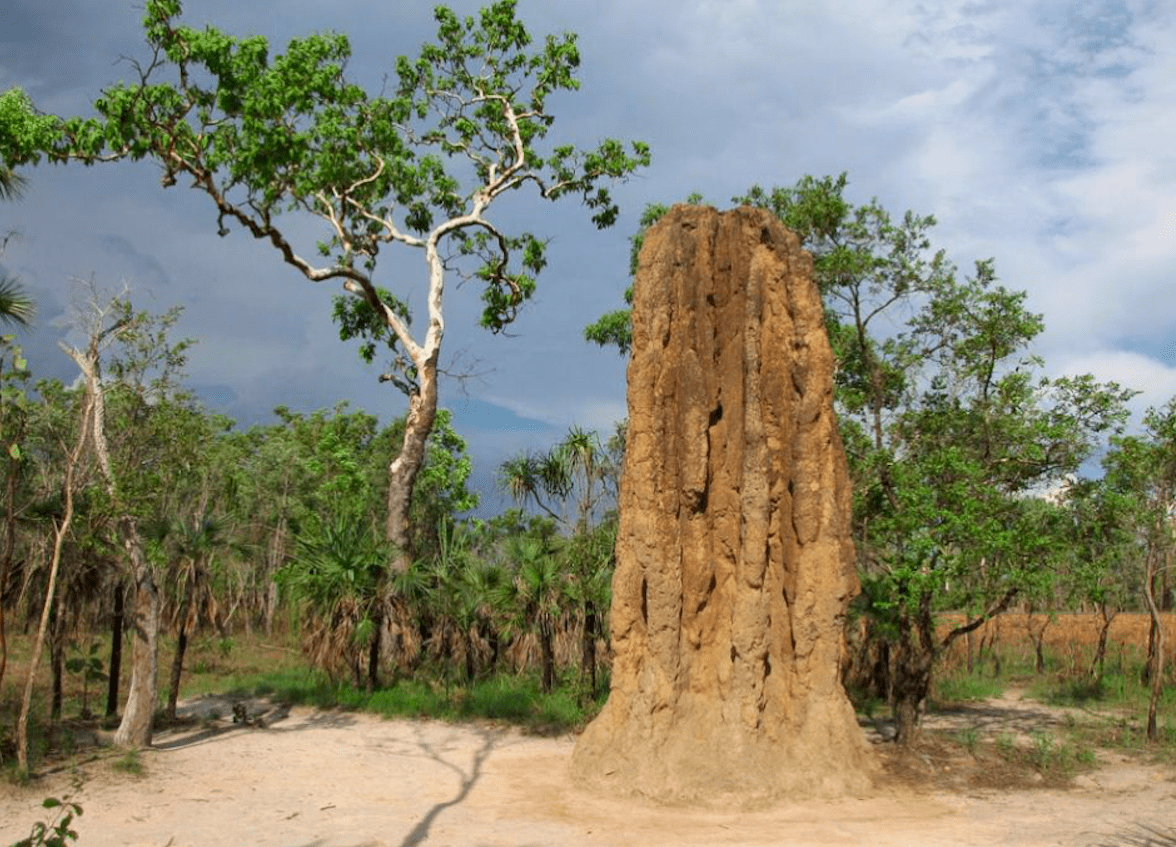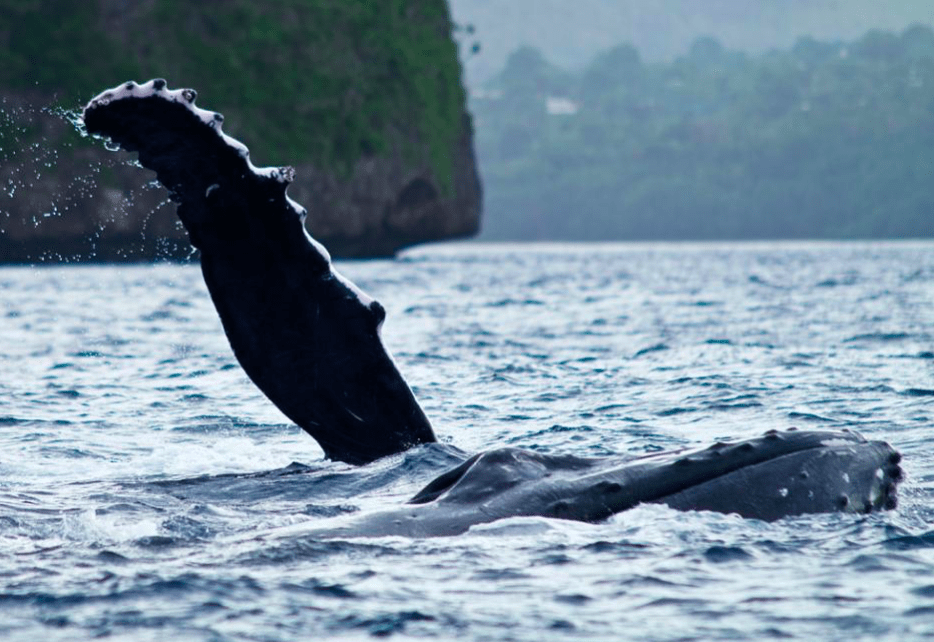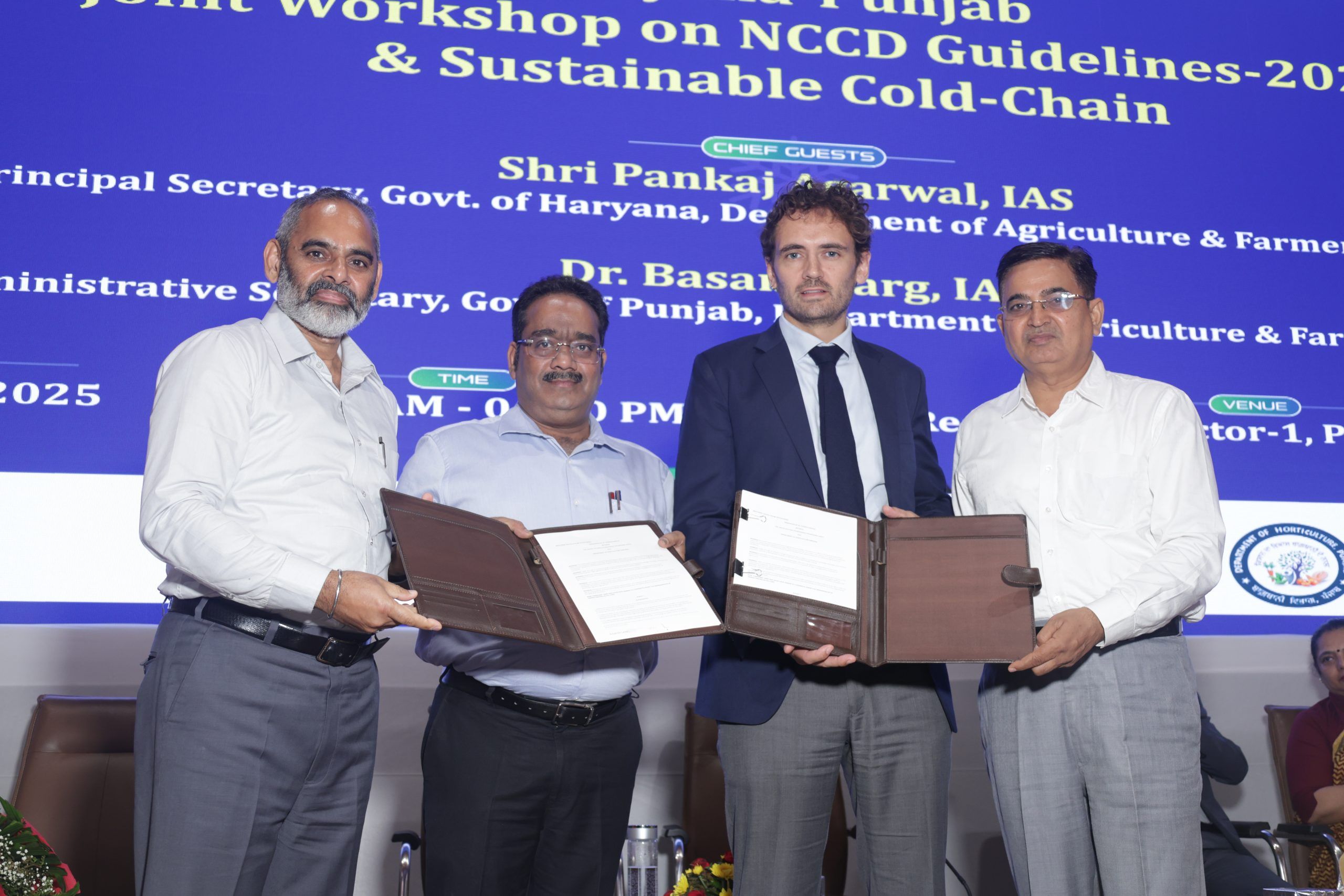Today is a day to celebrate and to continue advocating for a healthy environment all over the world.
Happy World Environment Day! This year, the theme of UNEP’s World Environment Day is “Time for Nature”. This focus offers the opportunity for all to notice how much we depend on nature for our food, health, and economic structures. Protecting and reestablishing natural mechanisms will be fundamental to build back better after the current global health crisis. In fact, to care for ourselves, we must care for nature.
Nature shows us how to simply, efficiently and effectively cool down without harming the planet. Plants help control humidity and temperatures and bring them within the optimum range for other species to thrive. Termites show us how to construct buildings that remain cold without mechanical cooling by using a clever system of air pockets. Penguins have special configurations in their feet’s blood vessels that keeps cooler blood closer to the ice, allowing them to lose less body heat overall. Humpback whales’ flippers have a bumpy design that helps them move greater amounts of air.
WhalePower, a Toronto-based company, designs blades for fans, turbines, and more, inspired by a whale’s bumps. PHOTOGRAPH BY JASON EDWARDS, NATIONAL GEOGRAPHIC
Nature-based solutions help replicate these mechanisms. NbS are actions that protect and restore natural ecosystems while addressing societal challenges, while simultaneously providing human well-being and biodiversity benefits.
In Zimbabwe, architects borrowed the termite’s idea to build the Eastgate Centre, a large office and shopping center that is cooled with the outside air. This building uses only 10% of the energy usually needed to cool similar structures and sets an example of nature-inspired innovation for efficient, climate-friendly cooling.

A termite mound is like a miniature city, and the insects manage to keep their home at a relatively stable temperature. PHOTOGRAPH BY MONICA RUA, ALAMY
Natural solutions such as afforestation and greening cities and buildings help reduce the need for mechanical cooling, provide around one-third of the emissions reductions needed to meet the goals of the Paris Agreement, and increase air quality. Colombia, the most biodiverse nation on Earth and this year’s World Environment Day host nation, is a pioneer in using this approach. Medellin’s Green Corridor project, transformed the verges of 18 roads and 12 waterways into a green paradise that reduces the impact of the heat island effect.
Using nature to cool down needs to be part of the way we rebuild back our cities, so to create more sustainable and resilient societies. Nature-based solutions will increase efficiency and quality of life for human communities, while respecting and protecting biodiversity. What is sure, is that we are not done learning from nature, and that protecting it will help us move forward as a global community.
Sources: https://www.nationalgeographic.com/news/2013/7/130703-air-conditioning-biomimicry-natural-cooling/
https://www.worldenvironmentday.global/it-time-nature-world-environment-day-2020
Cover picture: https://www.unenvironment.org/news-and-stories/story/medellin-shows-how-nature-based-solutions-can-keep-people-and-planet-cool
Other Pictures: https://www.nationalgeographic.com/news/energy/2012/04/pictures/120419-biomimicry-for-energy/




